Premium Only Content
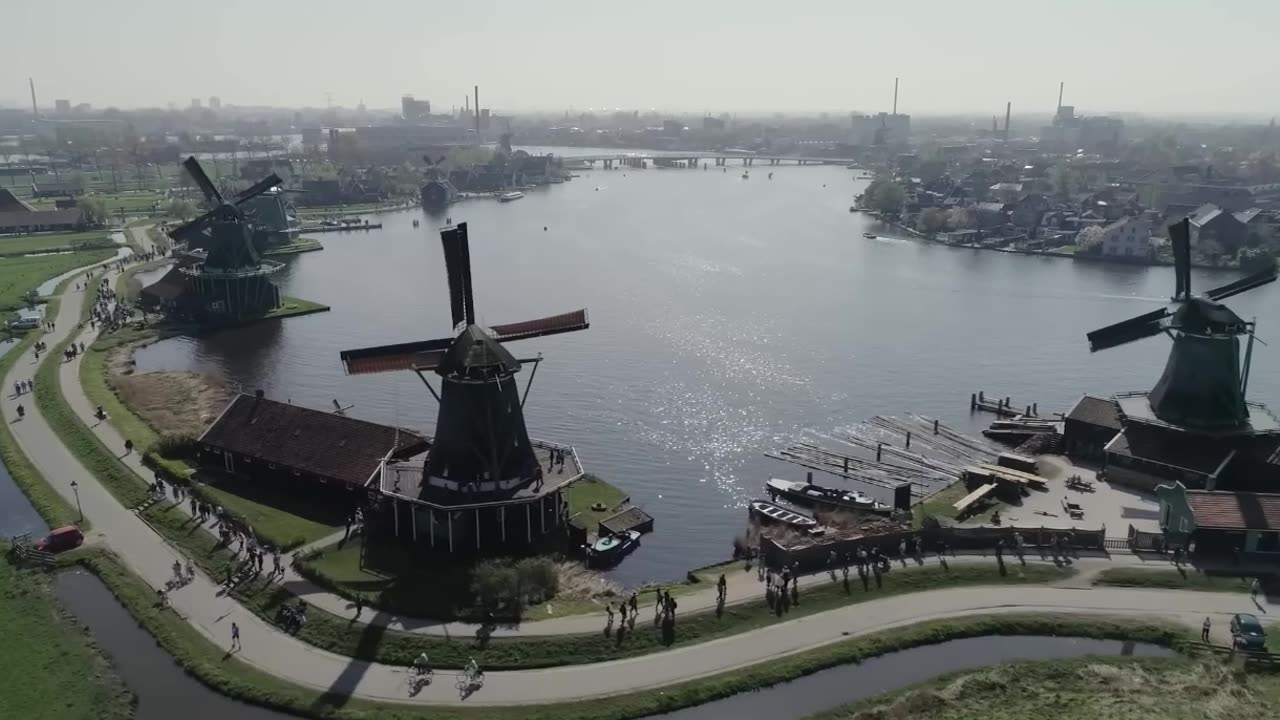
Netherland's ASML super computer chip
The ramifications are HUGE on the world stage!
Me thinks I smell future corporate espionage... ongoing.
If I had only known, I would've have flipped all my stock over into ASML.
WOW! And talk about NANO technology! Getting close to ATOMIC!
An atom is a particle that consists of a nucleus of protons and neutrons surrounded by a cloud of electrons. The atom is the basic particle of the chemical elements, and the chemical elements are distinguished from each other by the number of protons that are in their atoms. For example, any atom that contains 11 protons is sodium, and any atom that contains 29 protons is copper. The number of neutrons defines the isotope of the element.
Atoms are extremely small, typically around 100 picometers across. A human hair is about a million carbon atoms wide. This is smaller than the shortest wavelength of visible light, which means humans cannot see atoms with conventional microscopes. Atoms are so small that accurately predicting their behavior using classical physics is not possible due to quantum effects.
More than 99.94% of an atom's mass is in the nucleus. Each proton has a positive electric charge, while each electron has a negative charge, and the neutrons, if any are present, have no electric charge. If the numbers of protons and electrons are equal, as they normally are, then the atom is electrically neutral. If an atom has more electrons than protons, then it has an overall negative charge, and is called a negative ion. Conversely, if it has more protons than electrons, it has a positive charge, and is called a positive ion.
The electrons of an atom are attracted to the protons in an atomic nucleus by the electromagnetic force. The protons and neutrons in the nucleus are attracted to each other by the nuclear force. This force is usually stronger than the electromagnetic force that repels the positively charged protons from one another. Under certain circumstances, the repelling electromagnetic force becomes stronger than the nuclear force. In this case, the nucleus splits and leaves behind different elements. This is a form of nuclear decay.
Atoms can attach to one or more other atoms by chemical bonds to form chemical compounds such as molecules or crystals. The ability of atoms to attach and detach from each other is responsible for most of the physical changes observed in nature. Chemistry is the discipline that studies these changes.
HOW SMALL IS AN ATOM?
https://ed.ted.com/lessons/just-how-small-is-an-atom
-
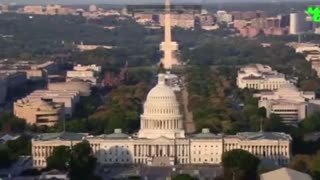 9:02
9:02
🇺🇸GET2IT!⚔️
1 day agoPOWER to We the People! 🇺🇸🌎🕊️
43 -
 37:06
37:06
Camhigby
1 hour agoI Was Stalked By DRONE At Dearborn MOSQUE
57 -
 LIVE
LIVE
SavageJayGatsby
3 hours ago🔥 Spicy Saturday – Let's Play: Human Fall Flat🔥
50 watching -
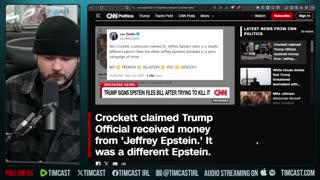 12:38
12:38
Timcast
22 hours agoJasmine Crocket HUMILIATED By CNN To HER FACE Over Epstein LIE | Tim Pool
76.1K64 -
 19:32
19:32
MetatronHistory
19 hours agoWas Nazism Left Wing or Right Wing? An Answer From History
4.21K21 -
 LIVE
LIVE
a12cat34dog
3 hours agoI'M FINALLY BACK :: Resident Evil 4 (2023) :: FINISHING MAIN GAME & DLC {18+}
200 watching -
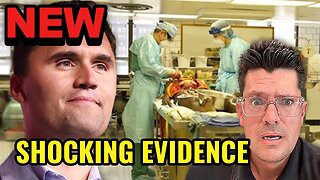 31:23
31:23
Stephen Gardner
2 hours agoFINALLY! Charlie Kirk MISSING DETAILS released!
10K98 -
 5:26:11
5:26:11
cosmicvandenim
7 hours agoCOSMIC VAN DENIM | SEX APPEAL & HORROR
5.02K9 -
 LIVE
LIVE
DoldrumDan
3 hours agoFINISHING SEKIRO - DEPTH 5 TOP RANKED - DAY 50 NEW LIFE
42 watching -
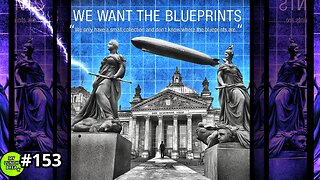 23:40
23:40
MYLUNCHBREAK CHANNEL PAGE
1 day agoWe Want the Blueprints
54K15